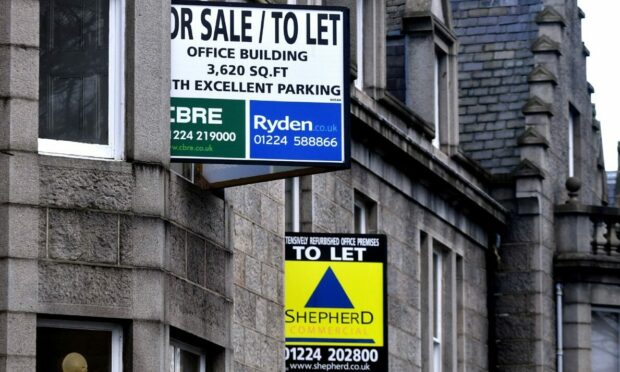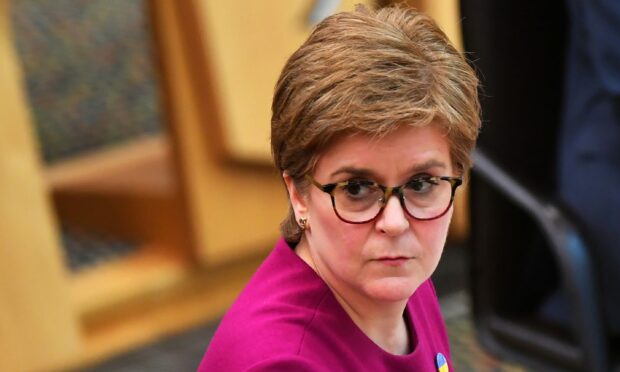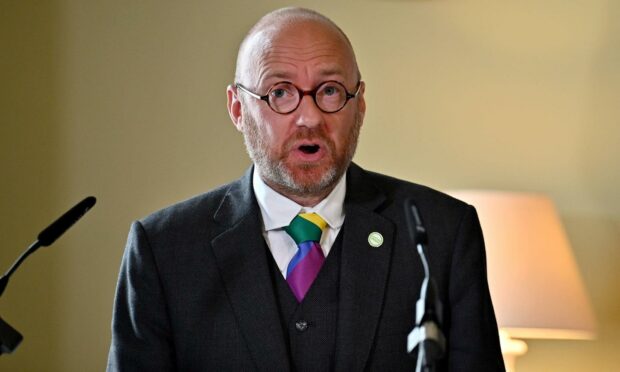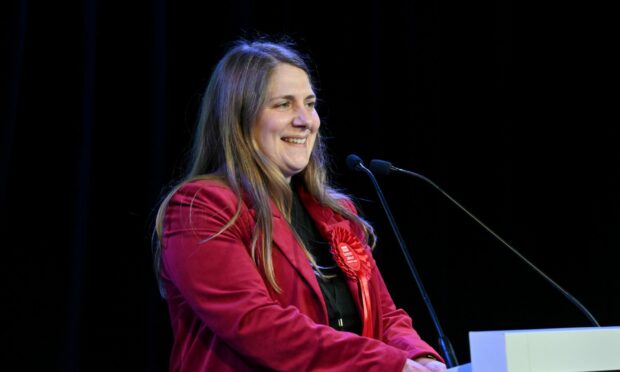Tenants in Scotland will be protected from a cost-of-living crisis with an emergency rent freeze.
The measure, which was passed in the Scottish Parliament, caps how much landlords can charge people to stay in their homes while families struggle to pay bills.
Here’s everything you need to know.
What is a rent freeze and how does it work?
The emergency policy means nearly all rents in Scotland for existing tenants will be completely frozen until March 31.
Landlords will also be barred from evicting tenants without good reason until that date.
Nicola Sturgeon unveiled the plan on September 6 as part of her programme for government.
The freeze will be backdated to that day.
Most attempts from landlords to increase monthly costs after that date can then be ignored by tenants.
However, the law will allow for “limited circumstances” in which rents can be increased.
Landlords facing increased mortgage interest payments or insurance costs may still be able to make small adjustments to rent rates by up to 3%.
What does it mean for renters?
Tenants’ rights minister Patrick Harvie said the emergency policy would help people “stabilise” their housing costs.
Campaign group Living Rent has warned current rental price rises are unsustainable for families already struggling.
Spokesperson Meg Bishop said: “The rent freeze is a huge relief for tenants and is badly needed.
“Over the last year, landlords have poured petrol on the cost of living crisis by increasing rents on top of already soaring energy bills and other costs.
“The rent freeze will go a long way to ensuring that tenants are not made to pay for the economic crisis.”
Until now, there has been little to stop landlords from increasing how much they charge despite the cost crisis.
However, the rent freeze could leave new tenants vulnerable since property owners can still increase rates for vacant homes.
What does it mean for landlords?
The price freeze could lead to a shortage of rentals if landlords sell up and leave the sector, as some have warned.
Industry groups claim some landlords are also struggling due to the cost-of-living crisis and need increased income to make ends meet.
John Blackwood, chief executive of the Scottish Association of Landlords, said there had been confusion and uncertainty over the policy.
In Holyrood on October 4, he said: “Landlords have been leaving the sector, we do have evidence of that.”
He said many investors looking to enter the rental market decided to pull out when the first minister announced her plan to cap charges.
While an eviction ban is included in the law, landlords who plan to sell or move into their property will be exempt.
However, Labour MSP Pauline McNeill claimed there would be little to stop landlords from using this as an excuse to kick out tenants and up the rent.
Why do we need a rent freeze now?
Rents across Scotland have risen at unprecedented rates in recent years and have shown little sign of slowing down.
Caroline Crawley, from Living Rent, said: “It’s just truly unaffordable. It’s unsustainable for anyone to be able to put up with these kinds of prices.”
She said one renter was forced to leave their home and move into someone’s living room after their rent was increased by 20%.
The rent freeze scheme was first proposed by North East Labour MSP Mercedes Villalba as a means to tackle the problem.
She wanted the policy backdated to June when it was first discussed.
What happens next?
The rent freeze is due to end on March 31 next year – but it could be extended beyond then if tenants are still struggling with costs.
SNP and Green ministers will reserve the powers to extend the emergency policy for another 12 months if necessary.
However, the Scottish Federation of Housing Associations said this could be “hugely damaging” for tenants in social housing.
The Scottish Government announced plans to explore introducing permanent rent controls by 2026 after last year’s Holyrood election.



